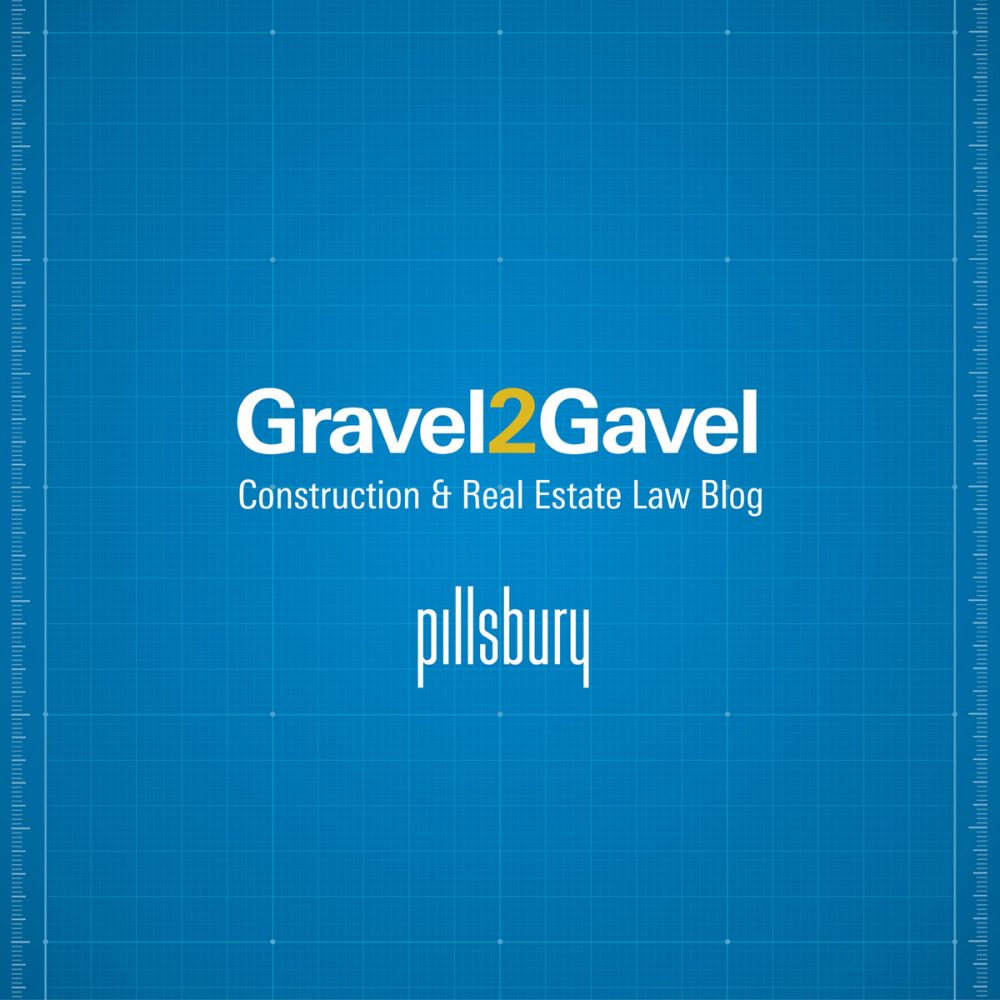Settlement Agreements for Construction Disputes
Construction disputes can often halt progress and drive up costs. Settlement agreements can be a useful tool to resolve disputes quickly. They address issues such as contractual breaches, delays penalties, and concerns about quality. They provide a legally binding solution that satisfies all parties involved.
Below we explore the critical elements of settlement agreements and what to consider when drafting one. It is important to seek legal advice when drafting these agreements due to their complexity. What is a Settlement Agreement for a Construction Dispute?
A settlement agreement in construction disputes is a formal document that outlines the terms of resolving conflicts without going to court. Parties typically opt for a settlement agreement in the construction industry to avoid the high litigation costs, save time, maintain their professional relationships and mitigate the stress of lengthy legal battles.
Effective settlement agreements must explicitly state what is being settled and the applicable terms, to prevent any unresolved issues from resurfacing and leading to additional disputes. These contracts ensure that all parties are in agreement and have a clear understanding of the resolution to their dispute.
Considerations When Drafting and Negotiating a Settlement Agreement
While disputes are often unwelcome, addressing them effectively is crucial. You and the other party will need to conduct thorough negotiations, and carefully draft a settlement contract. This will ensure that you reach a clear and enforceable solution.
Settlement does not happen just because one party decides that it’s time to settle differences or because “X” time has come. Settlement is by nature a compromise. It requires a meeting of minds. Negotiations take place when both parties are in a position that they can agree on.
An aspect that is often overlooked, but is fundamentally important to achieving a good settlement outcome, is the position you take before beginning settlement negotiations. Anyone can settle poorly or on poor terms. It is common to assume that all risks are priced at the same amount, and that X is a ‘certain’ outcome, Y is a ‘just’ or fair’ outcome, or Z is a ‘certain’ outcome. In reality, talking is cheap. It is not enough to say that XYZ is a foregone conclusion or outcome or even that it will happen in part. You will need to make sure that you are seen as taking the steps you need to take if you want certain aspects to be included in the price. The other side must see that there will be real consequences unless a compromise is reached. It is likely that you will only achieve a fair settlement if your opponent also has sleepless nights. Practical steps in advance of a negotiation might include threatening litigation, issuing court proceedings, taking enforcement steps, pursuing insolvency, issuing or defending applications, obtaining statements and preparing evidence, all with a view to positioning you positively so that in any settlement you can meaningfully say with credibility ‘if you don’t do X now, this is going to be the consequence’.
Only after all the above positioning work has been done can a settlement negotiation take place, and only if heads of terms are agreed, can a settlement agreement (a contract) be drafted.
The content of a settlement agreement will always vary from case to case however we would usually recommend and expect to see the following clauses appearing or being considered.
The Parties
A settlement agreement must clearly identify all individuals and entities involved in the dispute. It could be subcontractors, vendors, or third parties who have had an impact on the dispute. Include the full legal name, address, and role to avoid any ambiguity.
It is important to draft this clause correctly, as any misidentification can lead to issues with enforceability and future disputes.
The Dispute
The agreement must clearly define the nature of the construction dispute and include detailed descriptions of the issues at hand, such as delays, non-compliance with contractual specifications, or payment disagreements.
Clearly defining the scope ensures that all parties understand the exact matters being settled, preventing misunderstandings or future conflicts over unresolved issues.
What’s Being Settled
Specify the exact terms of each party’s agreement to perform. Payment terms include the amount due, the payment schedule and method, as well as any conditions that must be met before payment.
Additionally, it may include specific actions to be taken by one or both parties, such as rectifying defects, completing unfinished work, or other remedial measures. If there is a delay in payment, it may be necessary to consider security, such as personal guarantees, or a charge on assets.
Consequences for Breach
If payment is not made in full upon completion, a dispute may arise. It’s possible that the other side will breach the terms of an agreement. These need to be clearly considered and dealt with including, for example, that the party in breach might be liable for an additional sum and/or might indemnify the costs the other side will/might incur.
Default and Enforcement
A default and enforcement clause might specify what constitutes a breach of the settlement agreement (e.g., failure to make a payment on time) and outlines the steps the non-defaulting party can take to enforce the agreement. It may include provisions to seek court orders or other legal remedy.
Handling Court Proceedings
When writing a settlement agreement it is important to clearly outline how ongoing legal proceedings are going to be managed as part the settlement process. This section should specify if any ongoing court proceedings will be paused or terminated upon the execution of a settlement agreement. If the proceedings are to remain pending, the case may be reactivated in the event of a breach. This provides a safety net, without having to initiate a new legal action. If the proceedings are dismissed, and a breach occurs, it would be necessary to file a new lawsuit in order to address the breach. This could result in additional legal expenses and delay. It’s important to focus on the commercial relationship, not just the technicalities.
The tone of the agreement and the language used should not be adversarial, but rather reflect a mutual wish to resolve the matter and move forward. Excessive haggling over minor details can strain relationships and detract from the primary goal of resolution.
Need Advice? Contact Helix Law.





